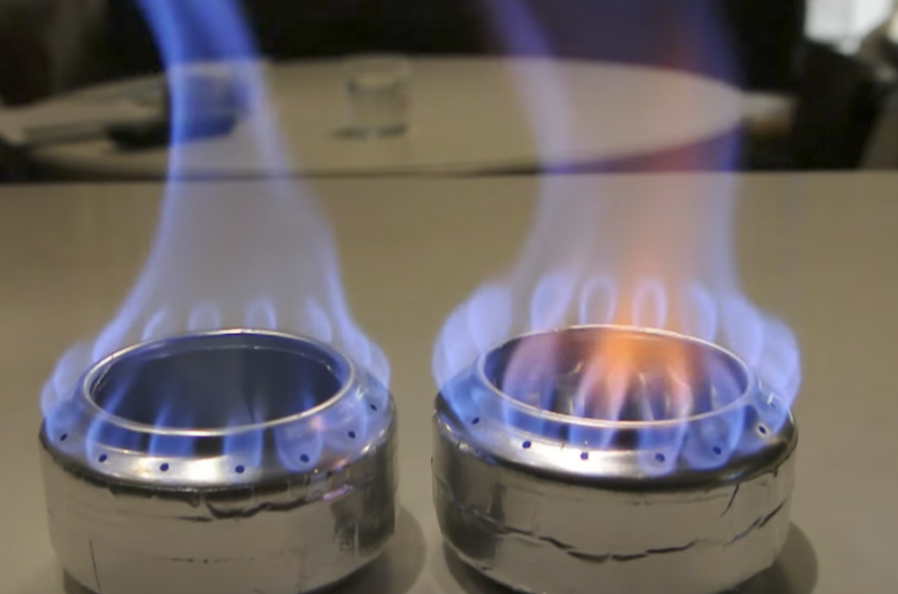Again, the alcohol stove might have a certain reputation in your mind, but the information below might finally convince you to build one. Each of the types uses everyday materials. A heat source is a vital tool as both a prepper and a survivalist so being able to build and use an alcohol stove could help to save your life!
Myths Debunked
Thousands of outdoor enthusiasts have been using them regularly for decades now with zero complaints, so yes, alcohol stoves do work admirably in their niche.
Another myth about alcohol stoves is that they’re not reliable. Very fake news folks. A well-built alcohol stove will last you forever, as it has no moving parts. Also there are no filters to get clogged and so on and so forth.
Just remember a few simple rules: don’t cook on flammable surfaces, keep flammable materials away from your lit stove, always keep a bottle of water nearby when cooking (or a fire extinguisher, whatever), be careful when cooking during the day as the alcohol flame is almost invisible (don’t get burned), avoid cooking in windy weather as it makes controlling the flame difficult, don’t add fuel if your stove is already burning, never cook inside your tent, and avoid using your alcohol stove in enclosed areas which lack proper ventilation (think carbon monoxide poisoning).
Also, never leave the burning stove unattended and, after using it, let it to cool down for 10 minutes before handling it.
Finally, there’s another myth about alcohol stoves not working at high altitudes and/or in low temperatures. I can tell you from firsthand experience that a DIY alcohol stove works just fine at 6,000 feet above sea level.
How to DIY an Alcohol Stove
As per the fuel, you can buy large amounts of (at least 70%) methanol/methyl alcohol/rubbing alcohol at any hardware store for a few pennies.
Alcohol Stove Comparison
The Beverage Can Stove
The easiest DIY project is the beverage can stove.
In the first step, you’ll have to cut the bases of the 2 cans approximately 1.5 inches from the bottoms.
Next, drill the burner holes in the top can, including the fuel drainage hole, then there’s the cutting of the top can. The base of the bottom should be filled with a material that will soak up the alcohol.
Just remember to prime the stove before use, i.e. you’ll have to pour a tsp. of fuel in the dimple of the stove (on top) and light it up.
The Tornado Wick Jet Alcohol Stove
Here’s a Tornado Wick Jet Alcohol Stove, a fancy DIY project by all means and a more elaborate one, which is more of an exercise in cool design and mad skills.
The Tin Can Stove
An alternative to this relatively flimsy (yet very easy to DIY) beverage can stove is the tin can stove. This baby is not made of aluminum but from tin, which makes it more stable, hence more difficult to knock over.
Also it’s stronger and less prone to accidental crushing. Finally, steel retains heat better than aluminum. Soup/baked bean cans are made of tin for example.
The problem with this type of DIY alcohol stove is that tin is harder to cut/process than aluminum.
The Cream Box Stove
Here’s an idea for an alcohol stove improvised from a Nivea cream box (made of tin) and it makes for the best of both worlds, i.e. it’s not aluminum made (it’s stronger) and it doesn’t require too much effort to build it (all you have to do is to drill a few holes).
Have you made a DIY alcohol stove? Which version do you prefer?
Article and Photo Source: Survivopedia

Made many and all deference
Ryan Bennett